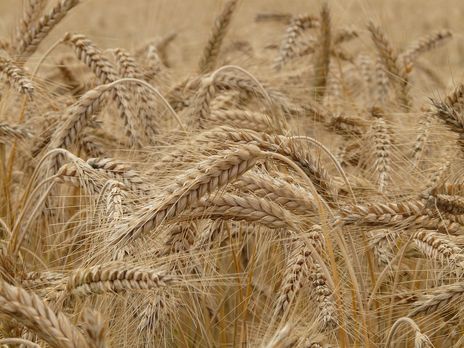As of December 10, Ukrainian farmers threshed 75.2 million tons of grain and leguminous crops from an area of 15.2 million hectares, or 99% of the forecast, the press service of the Agricultural Industry Department of the Ministry of Economic Development, Trade and Agriculture of Ukraine said.
In particular, 35.2 million tons of corn were harvested from an area of 4.9 million hectares, or 99% of the forecast; buckwheat - 89,000 tons with an area of 67,000 hectares, or 99% of the forecast; millet - 161,000 tons with an area of 89,000 hectares, or 99% of the forecast. In addition, 14.6 million tons of sunflower seeds were harvested from an area of 5.8 million hectares, or 99% of the forecast; soybeans - 3.7 million tons from an area of 1.6 million hectares, or 99% of the forecast; sugar beets accumulated 9.8 million tons from an area of 220,000 hectares, or 100% of the forecast.
Meanwhile, Russian prices for rye, whose yield this year may be the lowest since dry 2010, have risen sharply last week, it follows from the ProZerno monitoring. The highest growth was recorded in the Urals, where rye rose immediately by RUR 1,500 ($ 23.59), to RUR 12,250 per ton ($ 192.67). In the central regions of the Russian Federation, prices increased by RUR 1,000 ($ 15.73), to RUR 13,000 per ton ($ 204.47), to the south of the center of Russia - by RUR 800 ($ 12.58), to RUR 12,750 ($ 200.54), in the Volga region - by RUR 750 ($ 11.8), to RUR 12,375 per ton ($ 194.64). Only Siberia is characterized by a slight increase - by RUR 85 ($ 1.34). Moreover, in a number of regions, rye is more expensive than 3 rd class wheat.
According to the forecasts of the grain market experts, the harvest of rye in the Russian Federation this year may amount to 1.6-1.63 million tons compared to 1.9 million tons last year. The decline in production is primarily due to a sharp reduction in sown area by 108,000 hectares (up to 872,000 hectares). At the same time, according to the ProZerno company, wheat prices rose moderately. The prices of feed barley and corn, whose harvest this year reaches record levels, have changed little.
Source: soyanews.info.


